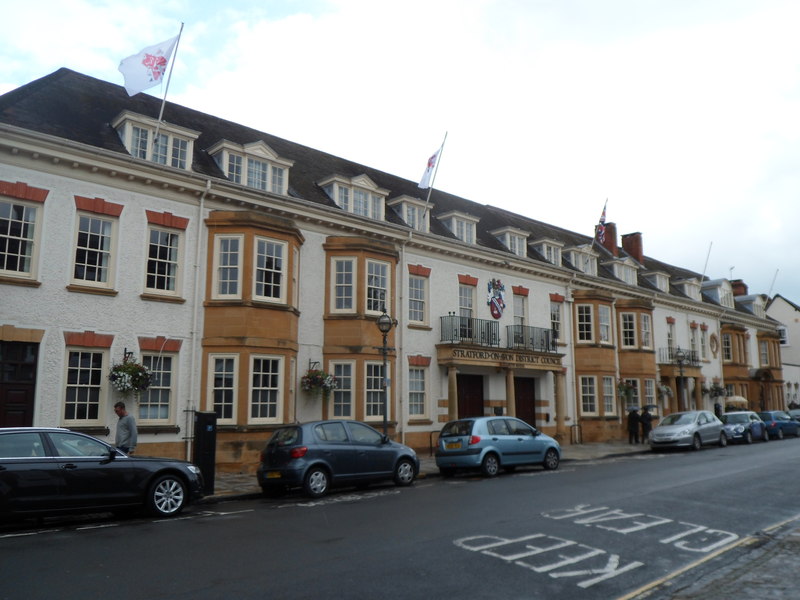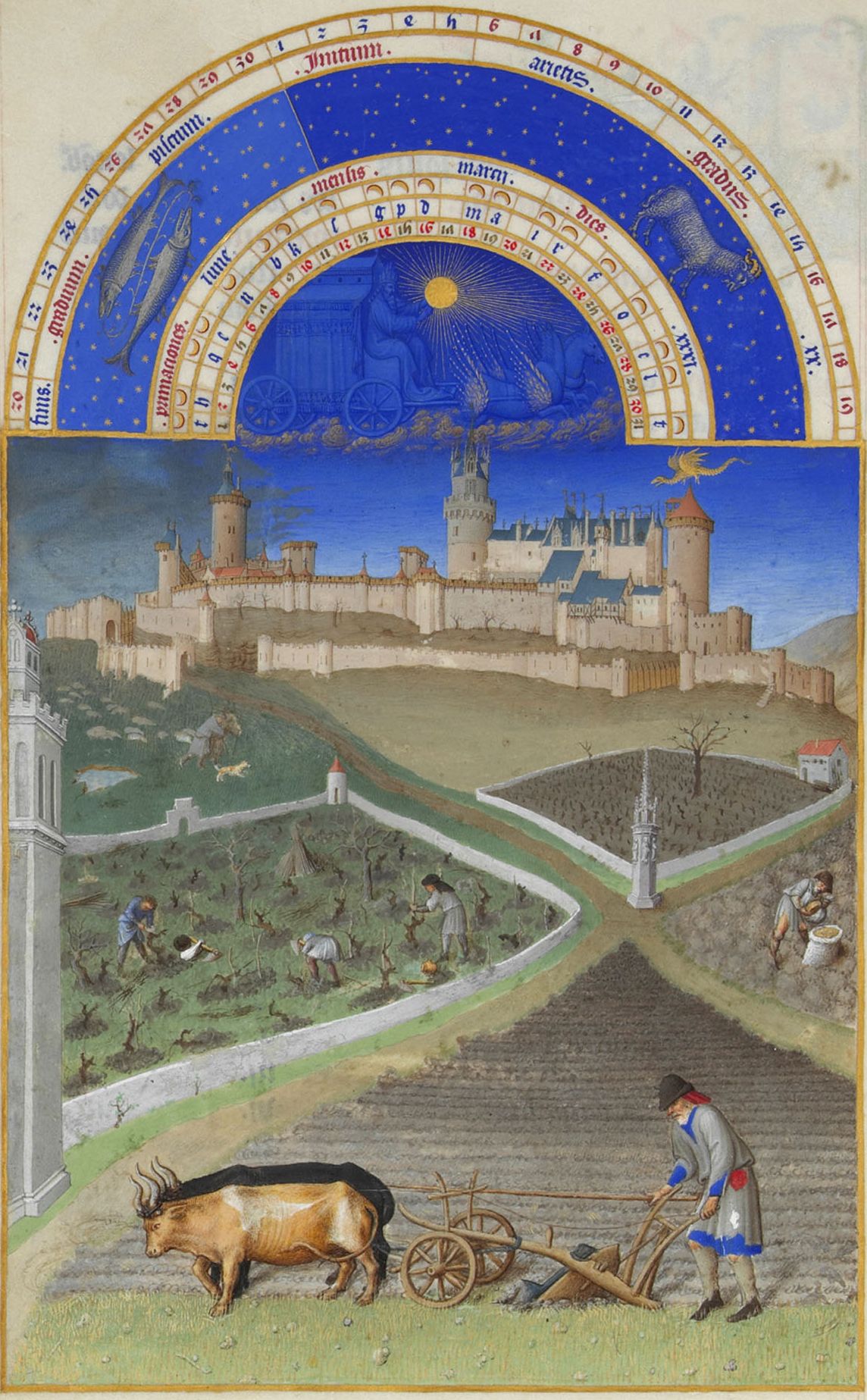|
Radway
Radway is a village and civil parish in Warwickshire, England, about north-west of Banbury in neighbouring Oxfordshire. The population taken at the 2011 census had reduced to 238. The village is at the foot of Edge Hill and is notable for the Battle of Edgehill, one of the early major engagements of the English Civil War, which was fought in fields around the village. History The earliest known record of Radway is in the Domesday Book of 1086.Salzman, 1949, pages 142-144 In medieval times its lands were divided between Arbury Priory and Stoneleigh Abbey. After the Dissolution of the Monasteries under Henry VIII in the 1530s the lands of Radway were granted to various of Henry's circle, notably the Coke family. As the lands were sold over the following years, the manorialism system of Radway broke down. The Battle of Edgehill, one of the early major engagements of the English Civil War, was fought in fields around the village and in the adjoining parishes of Ratley and Kine ... [...More Info...] [...Related Items...] OR: [Wikipedia] [Google] [Baidu] |
Battle Of Edgehill
The Battle of Edgehill (or Edge Hill) was a pitched battle of the First English Civil War. It was fought near Edge Hill and Kineton in southern Warwickshire on Sunday, 23 October 1642. All attempts at constitutional compromise between King Charles and Parliament broke down early in 1642. Both the King and Parliament raised large armies to gain their way by force of arms. In October, at his temporary base near Shrewsbury, the King decided to march to London in order to force a decisive confrontation with Parliament's main army, commanded by the Earl of Essex. Late on 22 October, both armies unexpectedly found the enemy to be close by. The next day, the Royalist army descended from Edge Hill to force battle. After the Parliamentarian artillery opened a cannonade, the Royalists attacked. Both armies consisted mostly of inexperienced and sometimes ill-equipped troops. Many men from both sides fled or fell out to loot enemy baggage, and neither army was able to gain a dec ... [...More Info...] [...Related Items...] OR: [Wikipedia] [Google] [Baidu] |
Stratford-on-Avon (district)
Stratford-on-Avon is a local government district in southern Warwickshire, England. The district is named "Stratford-on-Avon" unlike its main town of Stratford-upon-Avon where the district council is based. The district is mostly rural and covers most of the southern half of Warwickshire. As well as Stratford, other significant places in the district includes the towns of Alcester, Southam, Shipston-on-Stour and Henley-in-Arden, and the large villages of Bidford-on-Avon, Studley and Wellesbourne, plus numerous other smaller villages and hamlets. It borders the Warwickshire districts of Warwick to the north, and Rugby to the north-east. It also borders the neighbouring counties of the West Midlands, Worcestershire, Gloucestershire, Oxfordshire, and Northamptonshire. History The district was formed on 1 April 1974 under the Local Government Act 1972 by the merger of the municipal borough of Stratford-upon-Avon, Alcester Rural District, Shipston-on-Stour Rural District ... [...More Info...] [...Related Items...] OR: [Wikipedia] [Google] [Baidu] |
Edge Hill, Warwickshire
Edge Hill is an escarpment and Edgehill a hamlet in the civil parish of Ratley and Upton, Stratford-on-Avon District, southern Warwickshire, England. Edge Hill gave its name to the first battle of the English Civil War, in which it was a prominent feature. The hamlet has a public house, an eccentric building of local Hornton Stone called the Castle Inn that was built in the 1740s to the designs of Sanderson Miller (1716–80). It is controlled by the Hook Norton Brewery. Battle The narrow wood on the scarp of Edge Hill, in the south-east overlooks the lower slope and the plain on which the battle was fought. The battle of Edge Hill was fought on Sunday 23 October 1642 and was the first major battle in the English Civil War between the Royalist forces of King Charles I and the Parliamentarian army commanded by the Earl of Essex Earl of Essex is a title in the Peerage of England which was first created in the 12th century by King Stephen of England. The title has ... [...More Info...] [...Related Items...] OR: [Wikipedia] [Google] [Baidu] |
Puritan
The Puritans were English Protestants in the 16th and 17th centuries who sought to purify the Church of England of Roman Catholic practices, maintaining that the Church of England had not been fully reformed and should become more Protestant. Puritanism played a significant role in English history, especially during the Protectorate. Puritans were dissatisfied with the limited extent of the English Reformation and with the Church of England's toleration of certain practices associated with the Roman Catholic Church. They formed and identified with various religious groups advocating greater purity of worship and doctrine, as well as personal and corporate piety. Puritans adopted a Reformed theology, and in that sense they were Calvinists (as were many of their earlier opponents). In church polity, some advocated separation from all other established Christian denominations in favour of autonomous gathered churches. These Separatist and Independent strands of Puritanism bec ... [...More Info...] [...Related Items...] OR: [Wikipedia] [Google] [Baidu] |
Manorial
Manorialism, also known as the manor system or manorial system, was the method of land ownership (or "tenure") in parts of Europe, notably France and later England, during the Middle Ages. Its defining features included a large, sometimes fortified manor house in which the lord of the manor and his dependents lived and administered a rural estate, and a population of labourers who worked the surrounding land to support themselves and the lord. These labourers fulfilled their obligations with labour time or in-kind produce at first, and later by cash payment as commercial activity increased. Manorialism is sometimes included as part of the feudal system. Manorialism originated in the Roman villa system of the Late Roman Empire, and was widely practiced in medieval western Europe and parts of central Europe. An essential element of feudal society, manorialism was slowly replaced by the advent of a money-based market economy and new forms of agrarian contract. In examining the ori ... [...More Info...] [...Related Items...] OR: [Wikipedia] [Google] [Baidu] |
Ratley
Ratley is a village in the civil parish of Ratley and Upton, Stratford-on-Avon District, Warwickshire, England. The population of the civil parish in 2011 was 327. It is on the northwest side of the Edge Hill escarpment about above sea level. The village is close to the county border with north Oxfordshire, some 7 miles northwest of Banbury, the closest town. History of Ratley The remains of a 12th-century motte and bailey castle are just outside the village, which were designated a Scheduled monument in 1961. The Church of England parish church is Decorated Gothic and almost all of it was built in the 14th century. It is one of a few churches in England dedicated to St. Peter ad Vincula and is designated a Grade II* listed building. The Battle of Edge Hill, the first battle of the English Civil War, was fought very near the village. The former Church of England school and local Post Office buildings are still standing but have been converted into houses. Upton House is les ... [...More Info...] [...Related Items...] OR: [Wikipedia] [Google] [Baidu] |
Kineton
Kineton is a village and civil parish on the River Dene in south-east Warwickshire, England. The village is part of Stratford-on-Avon district, and in the 2001 census it had a population of 2,278, increasing to 2,337 at the 2011 Census. Kineton is about ten miles (16 km) from the towns of Banbury to the south-east, Warwick and Leamington Spa to the north, and Stratford-upon-Avon to the west. Nearby is the village of Wellesbourne with its historic water mill, Compton Verney House art gallery, the British Motor Museum at Gaydon, the Burton Dassett Hills country park and the battlefield of Edgehill. Kineton, in the district historically known as the Vale of the Red Horse, can also be considered to be part of the informal area of Banburyshire. Kineton district council ward covers Gaydon, Lighthorne, Lighthorne Heath, Compton Verney, Combrook, Little Kineton and Chadshunt, a population of 4,228 according to the 2001 census, rising to 4,320 at the 2011 census ... [...More Info...] [...Related Items...] OR: [Wikipedia] [Google] [Baidu] |
Religious Society Of Friends
Quakers are people who belong to a historically Protestant Christian set of denominations known formally as the Religious Society of Friends. Members of these movements ("theFriends") are generally united by a belief in each human's ability to experience the light within or see "that of God in every one". Some profess a priesthood of all believers inspired by the First Epistle of Peter. They include those with evangelical, holiness, liberal, and traditional Quaker understandings of Christianity. There are also Nontheist Quakers, whose spiritual practice does not rely on the existence of God. To differing extents, the Friends avoid creeds and hierarchical structures. In 2017, there were an estimated 377,557 adult Quakers, 49% of them in Africa. Some 89% of Quakers worldwide belong to ''evangelical'' and ''programmed'' branches that hold services with singing and a prepared Bible message coordinated by a pastor. Some 11% practice ''waiting worship'' or ''unprogramm ... [...More Info...] [...Related Items...] OR: [Wikipedia] [Google] [Baidu] |
Commonwealth Of England
The Commonwealth was the political structure during the period from 1649 to 1660 when England and Wales, later along with Ireland and Scotland, were governed as a republic after the end of the Second English Civil War and the trial and execution of Charles I. The republic's existence was declared through "An Act declaring England to be a Commonwealth", adopted by the Rump Parliament on 19 May 1649. Power in the early Commonwealth was vested primarily in the Parliament and a Council of State. During the period, fighting continued, particularly in Ireland and Scotland, between the parliamentary forces and those opposed to them, in the Cromwellian conquest of Ireland and the Anglo-Scottish war of 1650–1652. In 1653, after dissolution of the Rump Parliament, the Army Council adopted the Instrument of Government which made Oliver Cromwell Lord Protector of a united "Commonwealth of England, Scotland and Ireland", inaugurating the period now usually known as the ... [...More Info...] [...Related Items...] OR: [Wikipedia] [Google] [Baidu] |
Gloucester County, New Jersey
Gloucester County () is a County (United States), county located in the U.S. state of New Jersey. As of the 2020 United States census, 2020 U.S. census, the county's population was 302,294. Gloucester County is located approximately southeast of Philadelphia and northwest of Atlantic City, New Jersey, Atlantic City. It is part of the Camden, New Jersey metropolitan division of the Delaware Valley, Philadelphia-Camden-Wilmington Metropolitan statistical area, metropolitan statistical area and the Delaware Valley Combined statistical area, combined statistical area. The county is part of South Jersey and is the only county in New Jersey to border both Pennsylvania and Delaware. History Etymology The county is named after the city and county of Gloucester in England. History Gloucester County's county seat is Woodbury, New Jersey, Woodbury, which was founded in 1683 and is the county's oldest municipality. National Park, New Jersey, National Park in Gloucester County was the ... [...More Info...] [...Related Items...] OR: [Wikipedia] [Google] [Baidu] |







